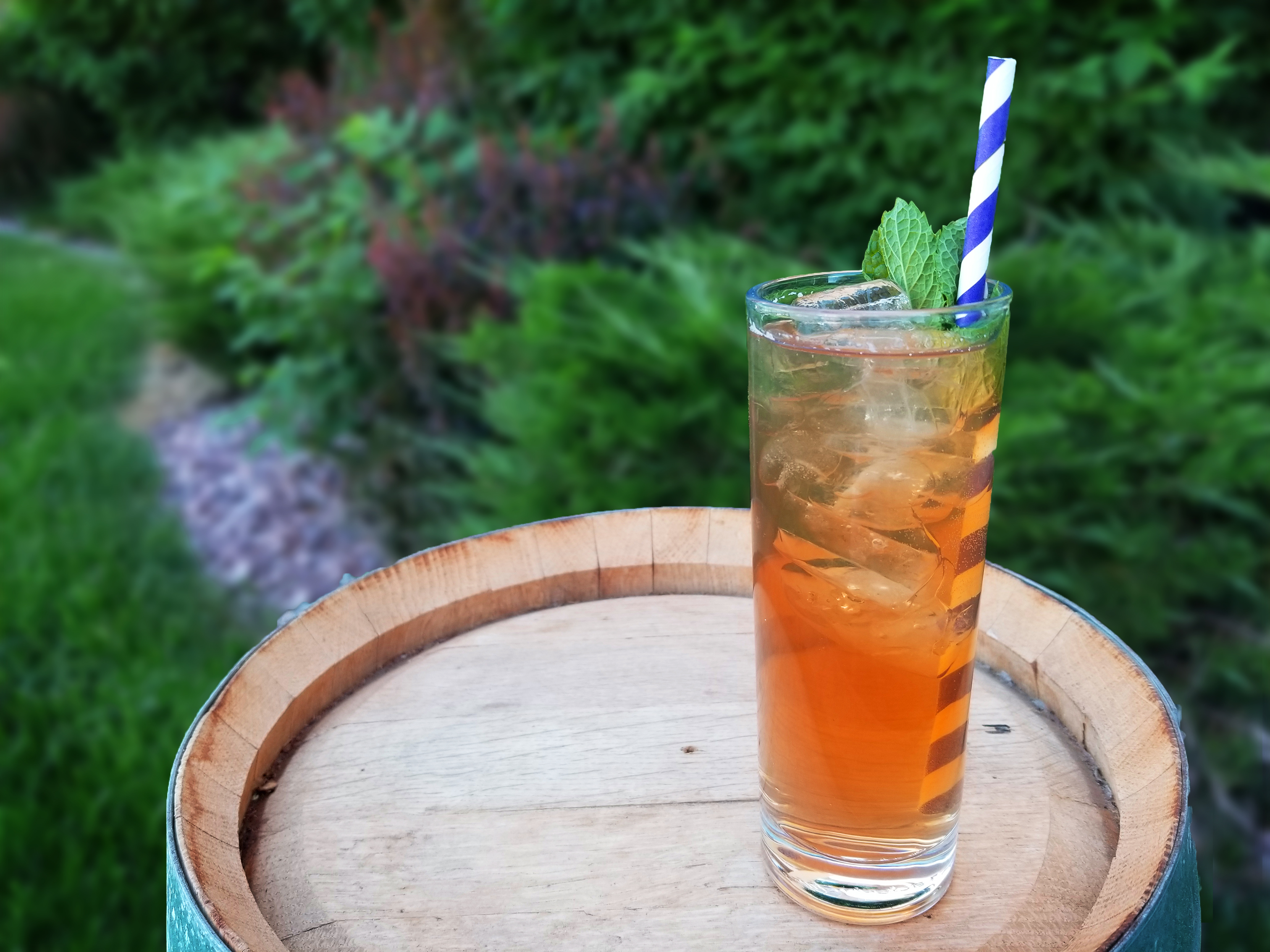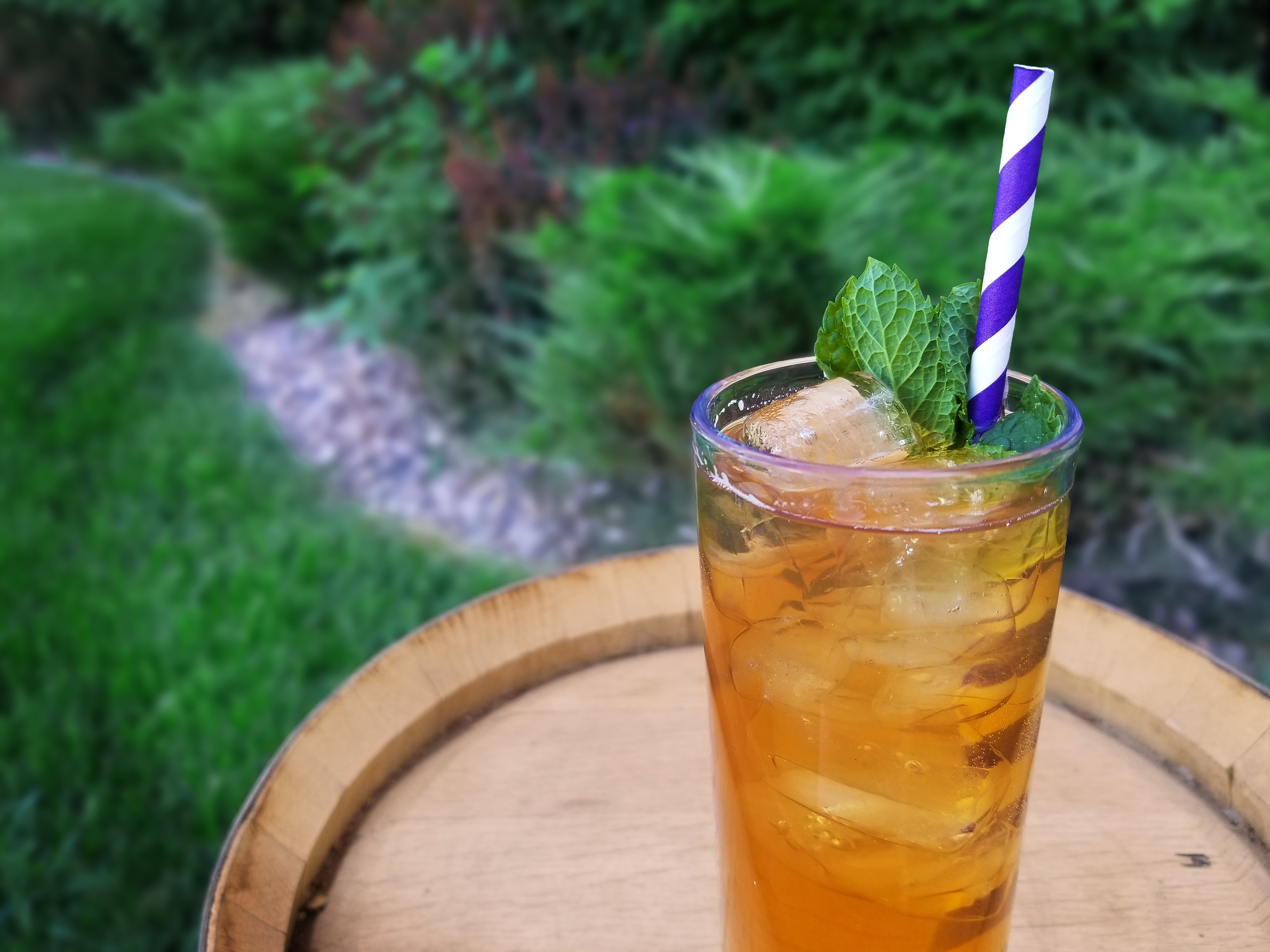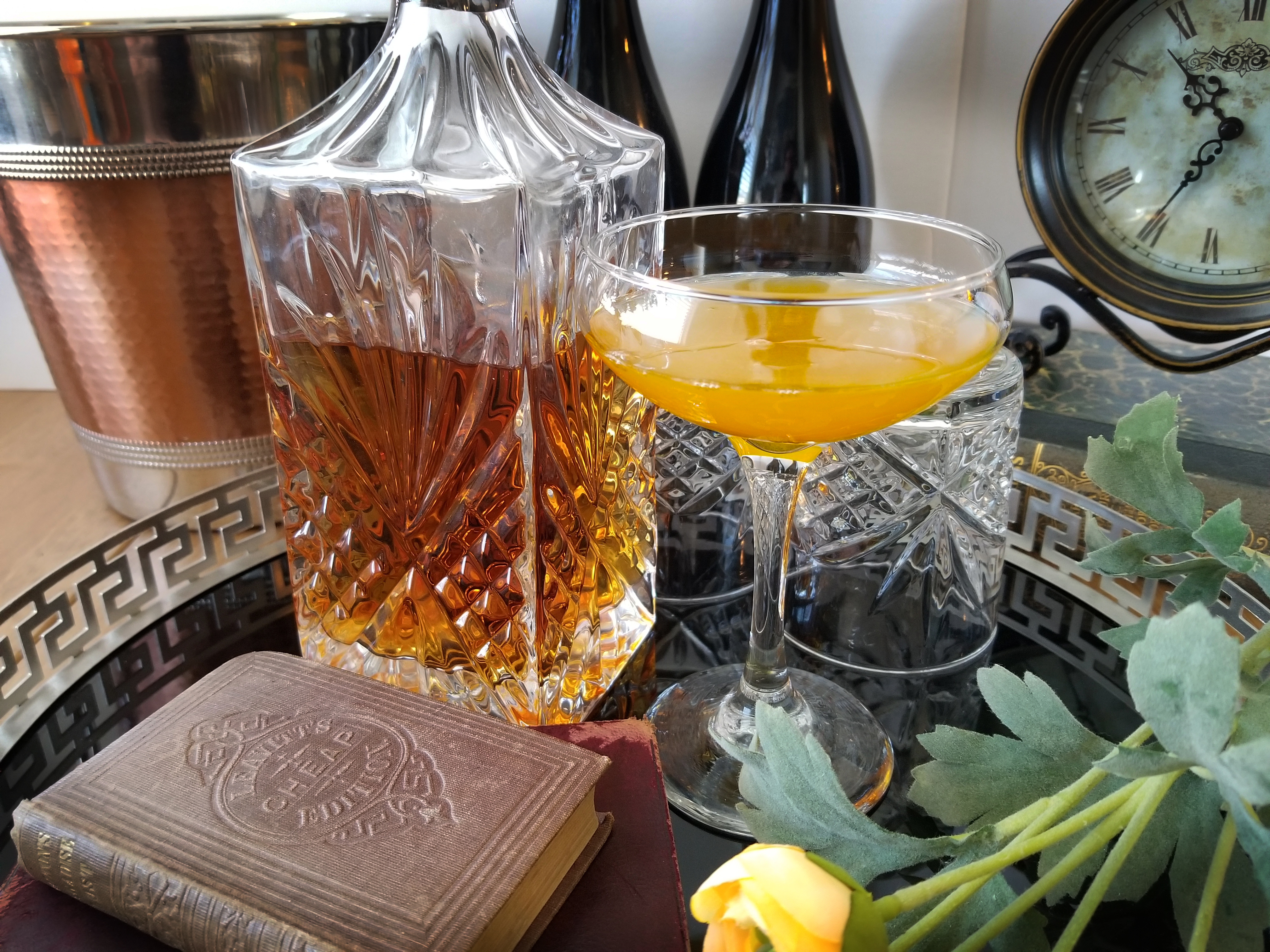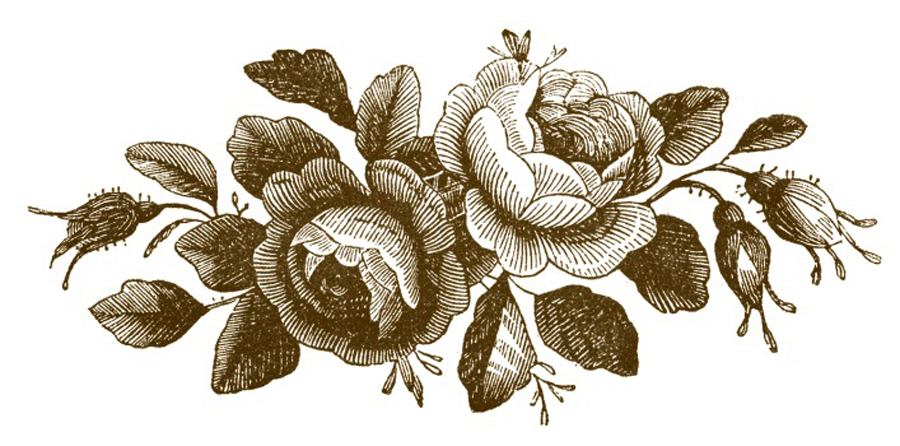One of the reasons food and drink work so well as the heartbeat of hospitality is that they are friendly to both the outgoing and the shy. If one cannot think of anything else to speak of, there is always the fare one is experiencing in common with the other guests. Personally, I find this to be especially true with cocktails, which are built around the character of liquors—the juniper and other botanicals in gin, the notes of caramel or tobacco in whiskey—and grow from there. The balance of unity and complexity that is the mark of beauty is inherent in a good drink…and that beauty tends to overflow into conversation.
So when my wife and I had the idea to host a monthly social gathering three years ago, we decided to build it around cocktails. Never mind we didn’t know how to make any, had no money, and lived in a small apartment. We just wanted to create something that made everyone—old friend or stranger—feel at home. Our little gesture has been blessed many times over, to the tune of many dozens of new friends and a repertoire of over 200 drinks. But creating menus to reflect the seasons (calendar or liturgical) also tends to provide me with fresh insights into those times.
We think of summer instinctively as a break, as vacation. But these days it seems to me that that expectation is more and more rarely realized, as we chase around after vacations, attend social events that are large and loud and gathered around grills and pools and stages, and have to wait until August to have that conversation with an old friend. Perhaps that’s why we swap the murky complexities of winter’s coffees, teas, and Manhattans for the undemanding sweetness of lemonades, sweet teas, and margaritas.
A good mixed drink, one that demands a bit more of us, can help us experience that unrealized element of summer. It can induce us to pause and savor. To share a quiet moment with a friend. To mark with gratitude the goodness of the world and God’s work within it.
Here are four such drinks; two I concocted in preparation for this year’s summer, and two made by other creators. For fun, I stuck to drinks with literary connections.
The Importance of Being Arnold (non-alcoholic)
Brian Brown, 2018
I had the idea of doing an Anglophilic twist on the classic Arnold Palmer, and wanted a name that connected Britain (preferably literature) and the original name. Eventually my friend Michelle came up with this brilliant title. Best enjoyed at the golf course or in the garden.
Ingredients:
- 3oz unsweetened black iced tea (I used Whole Foods)
- 5oz Belvoir elderflower lemonade
- 1/2oz simple syrup*
- Mint leaves, for garnish
Instructions
Stir with lots of ice in a collins glass or tumbler with a generous mint garnish and a straw.
*You can buy good simple syrup at Whole Foods (don’t get the corn syrup-based approximation from the grocery store; it tastes different), or it’s easy to make your own; just warm equal parts white sugar and water, stirring constantly, until the sugar is dissolved. Allow to cool before use.
Mansfield Park
Brian Brown, 2018
I named this one because it is sweet and rich, but with a dark and complicated underbelly—much like the mismanaged manor of Jane Austen’s too often underappreciated novel. The ingredients aren’t cheap, but if you are able to put them together, they are well worth the price (and last a long time).
Ingredients:
- 1 1/2oz gin
- 1/2oz green chartreuse
- 1/8oz fernet branca
- 1/4oz simple syrup (or 1 tsp superfine sugar but the result is less pretty)
- 2 dashes orange bitters
- 1 mint leaf, for garnish
Instructions (serve in a chilled coupe or martini glass, or better yet a midsized cordial class if your grandmother left you one):
- Fill the glass with ice to chill while you are making the drink.
- Stir ingredients (except mint) with ice in a separate glass for at least 20 seconds.
- Strain into glass.
- Garnish with a single mint leaf.
Green Swizzle
P.G. Wodehouse (okay, David Wondrich, 2007)
Wodehouse didn’t provide a recipe, but Bertie Wooster insisted that this was the greatest drink he’d ever had (“and, if ever I marry and have a son, Green Swizzle Wooster is the name that will go down in the register.”). In an evening exploring entirely literary-themed drinks with Joel and Nathan Clarkson, we were brave enough to try this lurid-looking concoction, and the party unanimously concluded that it actually works.
Head over here for David Wondrich’s take on the recipe. All the ingredients are inexpensive and easy to find.
Sidecar
Pat MacGarry, 1922
This is a classic summer cocktail dating back to the 1920s; sweet and beginner-friendly. You might have noticed Donna Noble order one in the Agatha Christie episode of David Tennant’s Doctor Who. (You can also use gin instead of the cognac and make a Chelsea Sidecar.)
Brian Brown is the founder and director of the Anselm Society, whose mission is a renaissance of the Christian imagination. He also serves as Director of Strategic Initiatives at the Colson Center for Christian Worldview. Brian lives with his wife Christina and their two children in Colorado, where they mix cocktails, hunt for historic architecture, and see how many people they can squeeze into their house for scintillating conversation.
Leave a Reply
A Field Guide to Cultivating ~ Essentials to Cultivating a Whole Life, Rooted in Christ, and Flourishing in Fellowship
Enjoy our gift to you as our Welcome to Cultivating! Discover the purpose of The Cultivating Project, and how you might find a "What, you too?" experience here with this fellowship of makers!





Add a comment
0 Comments